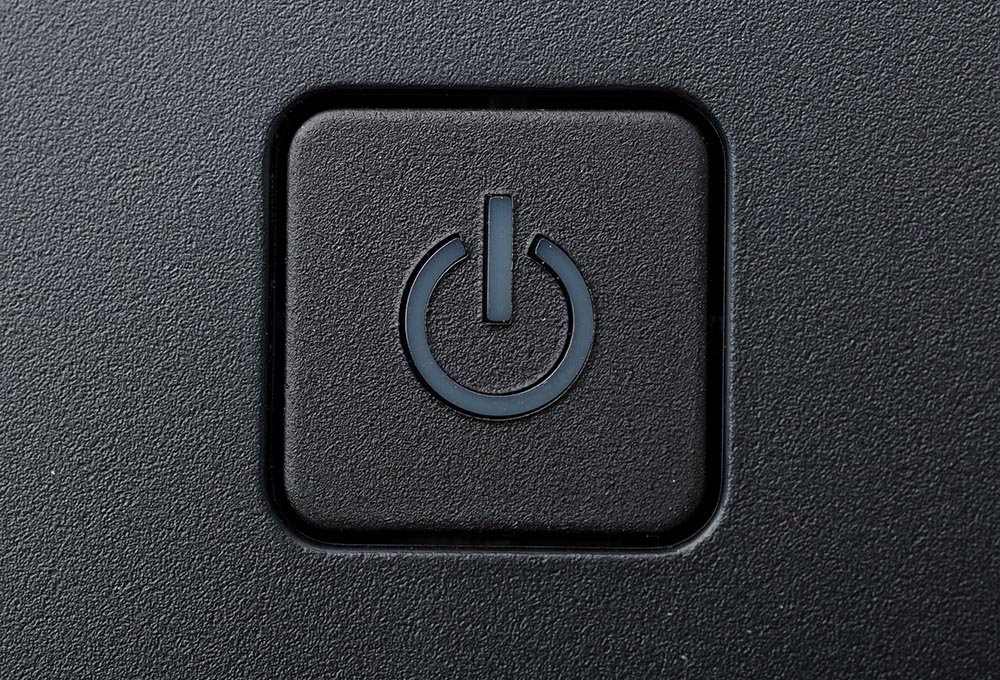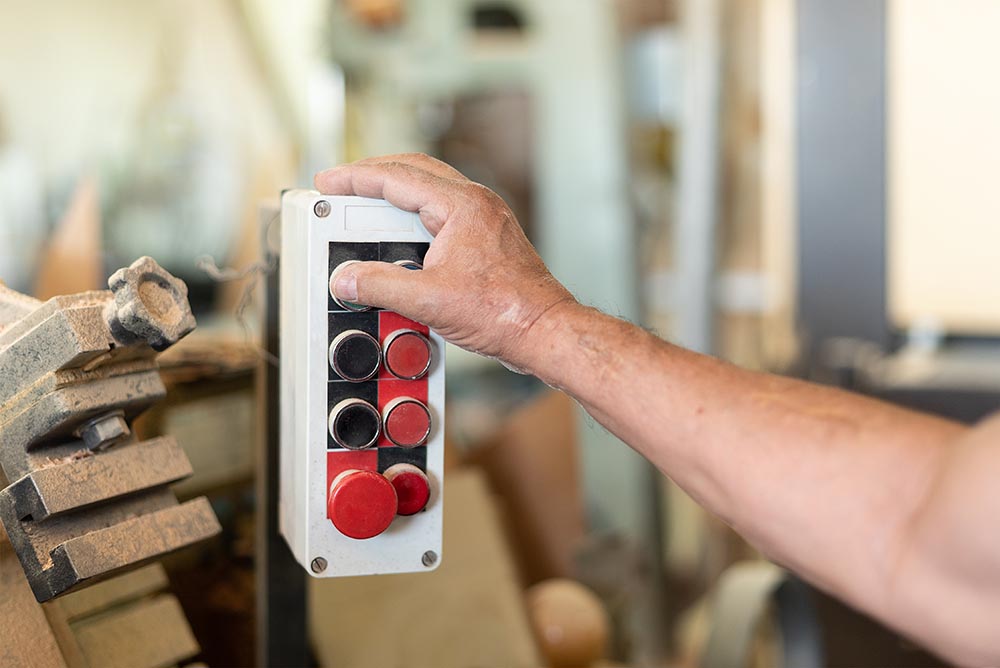What is a push-button switch called? How many different types of push-button are there and what are they; how do they differ? In this article, we’re going to take a closer look at what push buttons are and how they function. Want to learn more? Simply read on.
What is a push button?
So, what actually is a push button? A push-button, or more simply referred to as a button, is a switch mechanism that is used to control a certain aspect of a machine and/or process. The surface of a button is usually flat or concave shaped to facilitate the human finger, thumb, or hand – so as to be easily pushed.
Not to be confused with switches, pushbuttons typically have a temporary on/off position when pressed, whereas a switch has a permanent on/off position and must be pressed again to reverse the process.

What is a push-button switch called?
What is a push-button switch called? A push-button has various different names depending on its functionality. For example, an N.O switch (normally open), is used for doorbells, the keys on a keyboard, and the numbers found on a calculator (to name a few). These are pressed in once and then automatically return back to its original position once the finger has been removed.
Then there is a ‘push to break’ push button switch which essentially does the opposite, for example: when the button is pressed, electricity can flow and the button remains depressed, but when un-pressed, the circuit is broken once more.
How many types of pushbuttons are there?
So, how many different types of push-button are there? While pushbuttons come in a variety of different shapes, sizes, colours, and materials, and on all manner of applications, there are two main types of push-button, in terms of functionality:
- Momentary (aka normally open): Momentary push buttons refer to when the action only occurs once the button (or actuator) has been pressed.
- Alternate action (aka push to break): Alternate action pushbuttons refer to when the contacts are maintained until pressed again.
Here are some other types of push-button (same functionality, different style):
- 2-position push-button: often encased in plastic with a key to unlock action.
- Dual push buttons: one button for electrical connection, another to switch it off (e.g., red and green).
- Miniature push: typically used to reset small digital devices, such as a wristwatch.
- Square push buttons: commonly found on automated equipment and heavy machinery.
- Panel mounted buttons: as the name suggests, panel-mounted pushbuttons are designed to be attached to sturdy mountings.
- Locking push-button switches: featuring a mechanical locking function.

What are the different types of push-button switches?
Again, there are only really two different types of push-button switches, although they do have several different names. Momentary switches: where the action occurs once the button is pressed; and alternate action, where the contacts are maintained after being pressed until depressed once more.
How does a push-button work?
So, how does a push-button actually work? What goes on underneath? Most push-button switches function in the exact same way; pressure is placed on the button which depresses an internal spring which makes contact with the inner ‘stable contacts’ at the bottom of the switch thus connecting an open circuit, or closing an electrical circuit.
Momentary switches press in and out again in one motion. So, for example: when you press the power button on your computer, you press the button once, it is depressed momentarily, and then the button returns to its original state. However, the action notified the computer to begin its boot-up sequence giving it power.
An alternate action, on the other hand, is pressed in, and the button remains depressed until interacted with once more. So, for example, an alarm clock, fail-safe circuit, or refrigerator light typically uses a push to break button.

What are pushbuttons used for?
What are push buttons generally used for? A push button switch is used for many different applications. Here are some examples:
- Calculators
- Card machines
- Vending machines
- The buttons on an ATM
- Espresso machine
- Blender
- Doorbells
- Computer power switches
- Washing machine
- Dishwasher
- The keys on a keyboard
- Toilet flush
- Joystick switches
- Selector switches
- Microwave ovens
- Emergency stop button on power tools and heavy machinery
- And various other domestic, industrial, and commercial equipment.

What are push buttons made of?
What are push buttons made of? The materials vary, though they are typically made from either plastic or metal. A rubber casing is often used to cover the button to increase the amount of grip on the finger when pressing the button, depending on the environment. In some cases, waterproof covers may also be used (particularly in an industrial environment to protect the electronics and the user).
Conclusion
To recap:
- A push-button, or more simply referred to as a button, is a switch mechanism that is used to control a certain aspect of a machine and/or process.
- There are two types of push-button: Momentary and Alternate Action.
- Most push-button switches function in the exact same way; pressure is placed on the button which depresses an internal spring which makes contact with the inner ‘stable contacts’ at the bottom of the switch thus connecting an open circuit, or closing an electrical circuit.
- Push buttons are used in a wide variety of applications, from the buttons on a calculator to the flush on a toilet.
And that about sums it up. We hope that this has answered your questions regarding push switches. If you want to learn more, you’ll find plenty of different push buttons and switches at any reputable supplier, such as the SQD Group.

